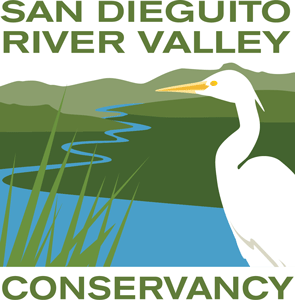Phenological Musicmismatch
Objective: Students will understand the impacts of climate change on phenology and how shifts in temperature impact the timing of flower blooms and pollinator arrival.
Activity:
Based on the classic musical chairs game, students will represent their favorite pollinator, while chairs representing flowers are added or subtracted away based on whether the temperature has warmed earlier or later in the season. Changes in chairs represent shifts in climatic conditions and whether or not there are too many or too few resources for pollinators.
Directions:
- Introduction to students: Pollinators and plants work together to survive and they depend on each other to be in a certain place at a certain time of the year. BUT climate change can change the life cycle of a plant all together. If the Earth’s temperature is warming, flowers can emerge and bloom earlier in the year. A lot of flowers bloom in the spring time when there is less frost and warmer temperatures, but if the temperature is warmer earlier in the year, some flowers may come out earlier than usual and then disappear earlier than usual. If the life cycle of flowers is changed, it will throw other species out of their seasonal routine as well. This process is known as phenological mismatch. Phenology is study of seasonal and cyclical natural processes in relation to climate and plant and animal life. Animals like insects follow a cyclical seasonal pattern to match with flowering plants for pollination, so insects count on flowers to bloom at a certain time so they can gather nectar from the flowers. But if some flowers bloom earlier than usual, the insects might show up to find out that the flowers are gone and there isn’t any nectar for them. This may cause the pollinators to starve or migrate to a new area to find nectar. This could also be a problem for the plants because they might not be pollinated, which means that they cannot make seeds to create new plants. We are going to explore this concept using a game everyone might be familiar with – musical chairs!
- Have each student draw a flower on a 3×5 Card and their favorite pollinator on another 3×5 Card. Tape the flower cards to the chairs and have the students hold their pollinator card or tape them to their shirts. String can also be used for a necklace.
- Depending on how many students there are, you can break them up into smaller groups- start by having a chair for each student formed into a circle. Run through the following scenarios with the students:
- Business-as-usual/No impact of Climate Change: (One chair for every student) Have the students play a round of musical chairs, stop the music after 15 seconds of them, the pollinators, circling the chairs, the flowers. There should be a student in every seat once the music stops. Have the students make observations. This is how the pollinator-plant relationship is supposed to work without the impacts of climate change.
- Phenological Mismatch (Plants): (3 Less chairs than there are students) Now play the game again, but this time remove three chairs. After 15 seconds, stop the music. There should be pollinators that do not have a flower. Have the students make observations about what they see. This demonstrates the impact of climate change and shifting temperatures on when plants might bloom. There are not enough plants/food for all of the pollinators.
- Phenological Mismatch (Pollinators): (3 More chairs than there are students) Now play the game one final time, but this time have three more chairs then there are students. After 15 seconds, stop the music. There should be more chairs, or flowers, than there are students. Have the students make observations. This demonstrates the impact of climate change and shifting temperatures on the arrival of pollinators. While the plants might be in bloom, there are not enough pollinators to reach them all.
- Discuss with students the differences between the three simulations, that this represents the concept of phenological mismatch, and how this might have bigger impacts on the ecosystem. What can we do to help pollinators and their plants?





